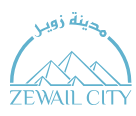Detailed introduction of Zewail City of Science, Technology and Innovation:
Introduction and Overview
Zayed City of Science, Technology and Innovation is a non-profit, independent learning, research and innovation institution in Egypt. It was founded by Ahmed Zewail and includes three parts: university, research institute and science park.
History and establishment time
The concept of the institution was proposed in 1999 and the foundation stone was laid on January 1, 2000, but it experienced many delays during the construction process. After the "January 25 Revolution" in Egypt in 2011, the Egyptian Cabinet issued a decree on May 11 to restart it as a national project for scientific revival and named it Zayed City of Science and Technology. It was officially completed on November 1, 2011.
School Strength
Faculty: It has a team of highly qualified teachers, including well-known scholars and experts from all over the world. They have rich teaching and research experience in their respective fields and can provide students with high-quality education and guidance.
Academic achievements: It has achieved remarkable results in scientific research. Its researchers have published a large number of high-level papers in internationally renowned academic journals, covering physics, chemistry, biology, medicine, nanoscience and other fields. Some of its research results are in a leading position internationally.
International cooperation: It actively carries out international cooperation and exchanges, and has established cooperative relations with many internationally renowned universities and scientific research institutions, such as the California Institute of Technology in the United States, providing students and researchers with a broad international exchange platform and cooperation opportunities.
Nature of the institution
A non-profit, independent public institution.
Educational philosophy
Committed to cultivating high-quality talents with innovative spirit and practical ability, focusing on combining theoretical learning with practical application, encouraging students to actively participate in scientific research projects and innovative practical activities, and cultivating students' scientific thinking and ability to solve practical problems, so as to promote the development of science and technology and social progress in Egypt.
Key laboratories and disciplines
Key laboratories:
Hermi Institute of Medical Sciences: It has a center for aging and related diseases, a center for excellence in stem cell research and regenerative medicine, a genomics center, etc.
NBE Institute of Nanoscience and Informatics: It has a nanotechnology center, a nanoelectronics and device center, a materials science center, etc.
Institute of Imaging and Visualization: including the Imaging and Microscopy Center, the X-ray Material Structure Determination Center, etc.
Key Disciplines: Physics, Chemistry, Biology, Medicine, Nanoscience and Technology, Information Science and other disciplines have strong strength and high research level, and are in the international leading position or have important influence in frontier fields such as femtosecond chemistry, nanotechnology, and biomedicine.
Faculty
The university has several colleges, including the School of Science, the School of Engineering, the School of Medicine, and the School of Business, covering multiple disciplines such as natural sciences, engineering technology, medicine, and social sciences.
Ranking
There is no definite comprehensive ranking of world universities at present, but the research and teaching level in some disciplines has a certain degree of international fame and influence.
Expenses
The tuition fees are relatively reasonable. The tuition fees for Egyptian students are lower, and the tuition fees for international students are relatively higher, but the specific fees vary depending on the major and degree level.
Campus Environment
Geographical location: Located in October Garden, October 6 City, Giza Province, Egypt, the address is 12578 Ahmed Zewail Street, with convenient transportation and relatively complete surrounding supporting facilities.
Teaching facilities: It has modern teaching facilities and scientific research equipment, including advanced laboratories, libraries, computer centers, academic exchange centers, etc., which provide students and researchers with good learning and research conditions.
Living facilities: The campus has dormitories, restaurants, cafes, supermarkets and other living facilities to meet the daily needs of students. In addition, the campus environment is beautiful and well-greened, providing students with a comfortable learning and living environment.
-
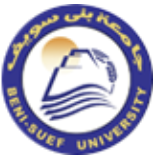
Beni-Suef University
-
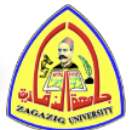
Zagazig University
-
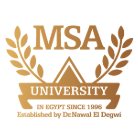
October University for Modern Sciences and Arts
-
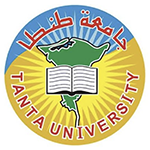
Tanta University
-

Cairo University
-

Nile University
-
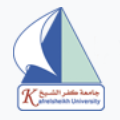
Kafrelsheikh University
-
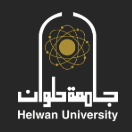
Helwan University
-
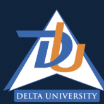
Delta University for Science and Technology
-

Minia University
-

Mesoamerican University
-

Istmo University
-

Mariano Galvez University of Guatemala
-

Regional University of Guatemala
-

Galileo University
-

Francisco Marroquín University
-

Rafael Landívar University
-

University of the Valley of Guatemala
-

University of San Carlos of Guatemala
-

Technological Institute of Tlaxcala Plateau
-

Golfo University
-

Technological University of South Sonora
-

Technological University of Huejotzingo
-

Tizimín Institute of Technology
-

Chilpancingo Institute of Technology

